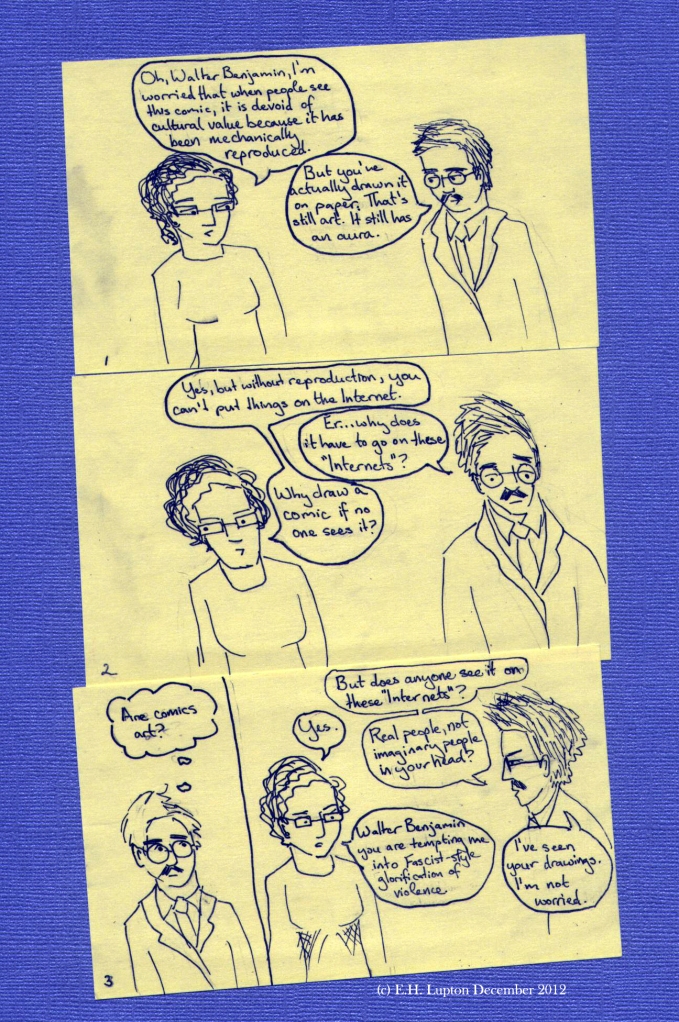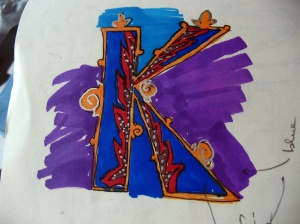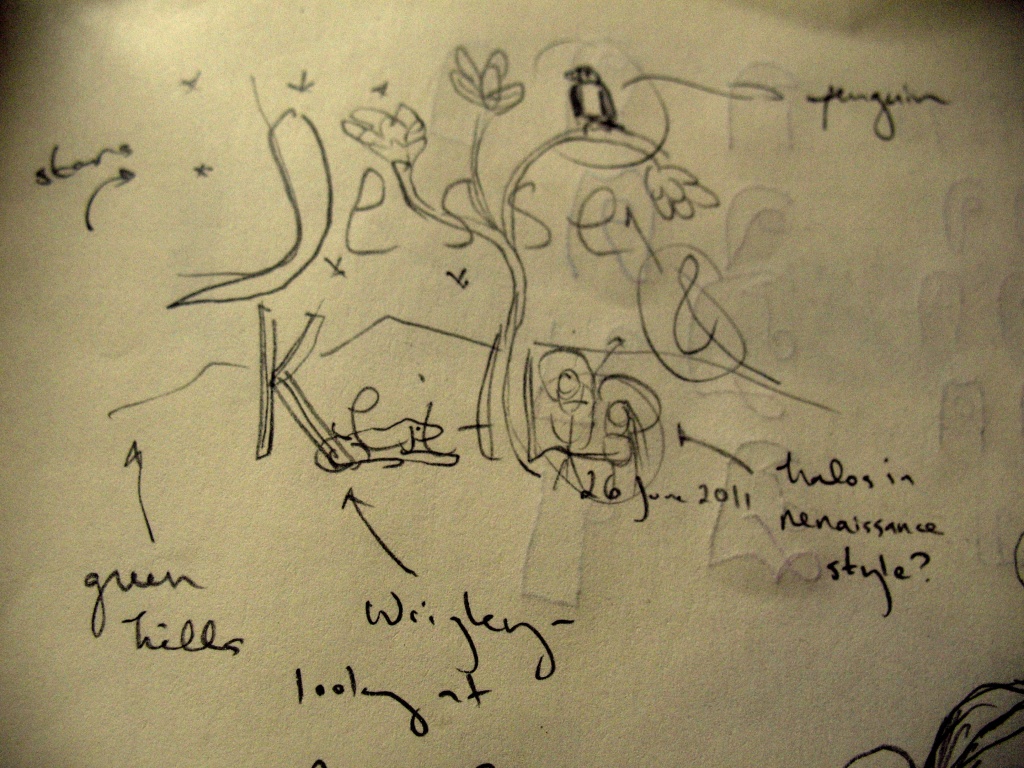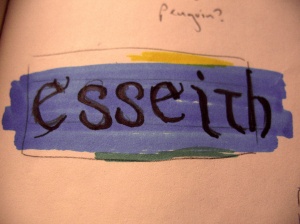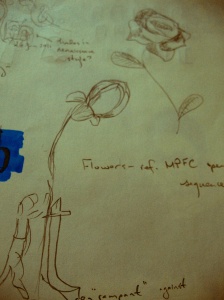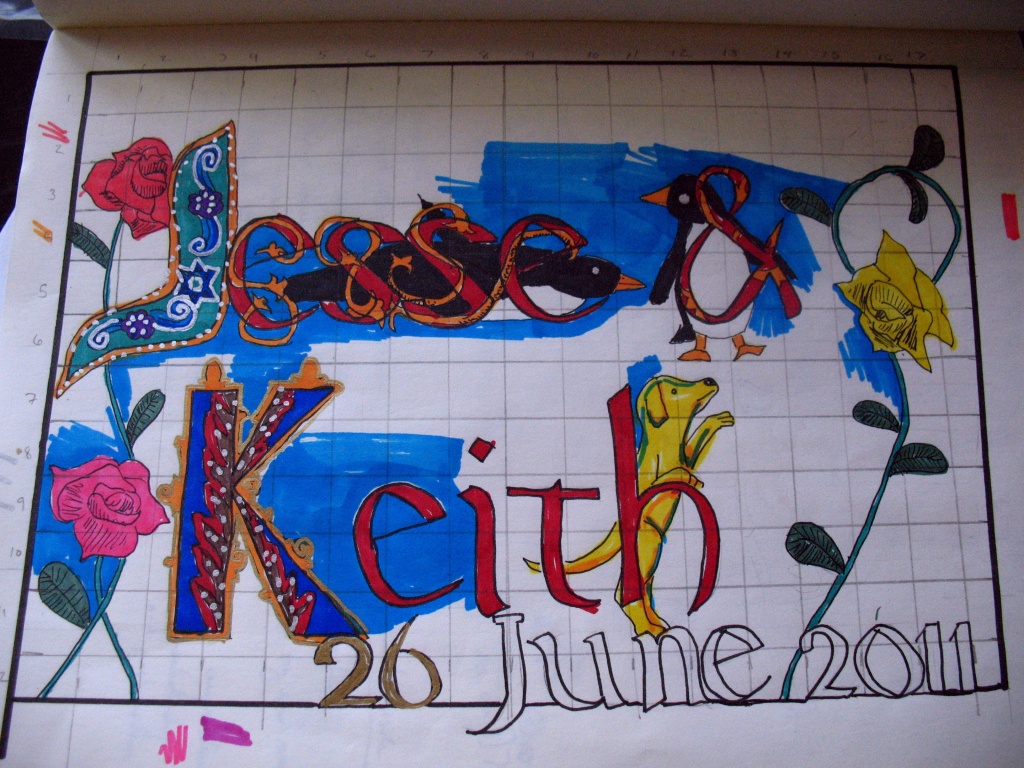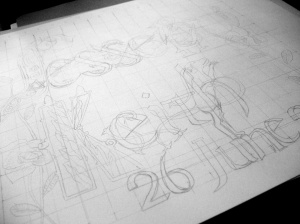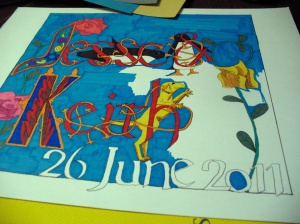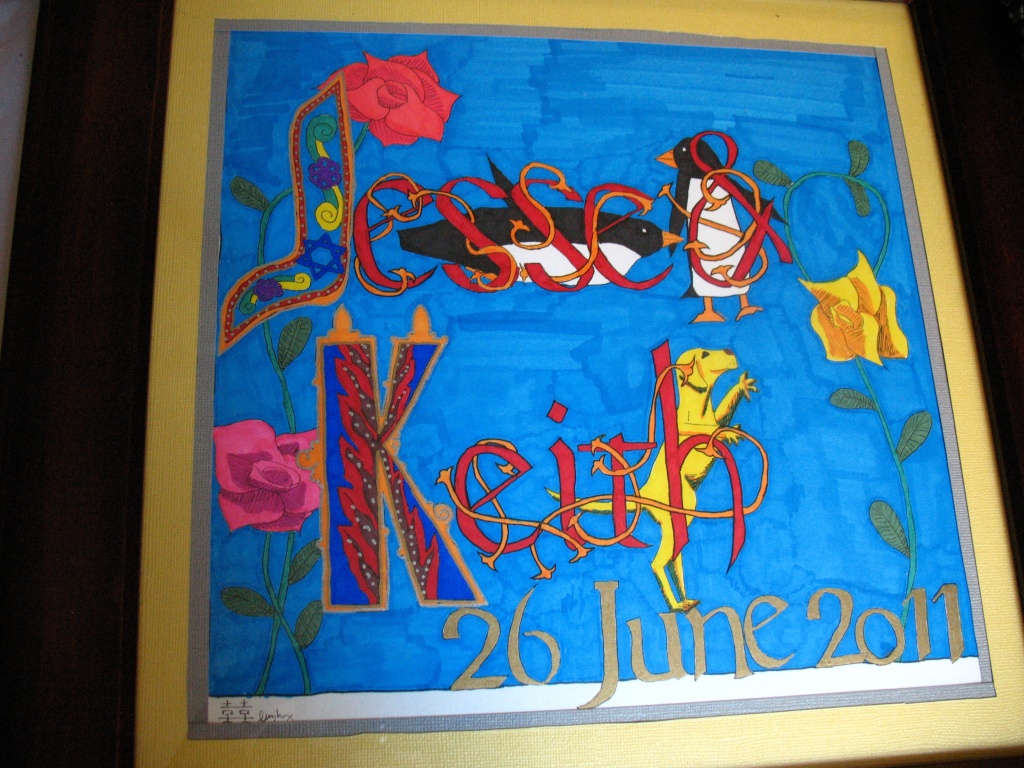Comic to be filed under: B3209.B583W6 L86 2012, for Philosophy (General)—Modern(1450/1600-)—By region or country—Germany, Austria (German)—By period—Later 19th and 20th centuries—Individual philosophers—Avenarius – Brauer—Benjamin, Walter, 1892-1940—Separate works, A-Z. What a mouthful.
I have been trying to find a good summary of Walter Benjamin’s (say it like an academic: Ben-ya-mean) “The Work of Art in the Age of Mechanical Reproduction” (or, alternatively, “The Work of Art in the Age of Its Technological Reproducibility”) essay. Because it is the most oft-quoted essay of the 20th century (maybe), there are a few available. Wikipedia has a very bare-bones, straightforward summation. Yale’s Modernism Lab (perhaps unsurprisingly) has a much better, more detailed explanation. Finally the (much beloved?) Stanford Encyclopedia of Philosophy offers some critical notes, not just on that piece (or rather the two pieces, since he wrote two versions of the essay) but on the themes of art and aura in Benjamin’s work.
Basically there are two things you probably need to know in order to understand the essay: The first thing is that Benjamin is worried about methods of reproducing art–specifically, methods like photography and film–and how they change the original. For example, when I was in college, I had a poster of the Creation of Man (by Michaelangelo) on my wall:

Philosophically speaking, there are a lot of differences between the poster and the original version on the ceiling of the Sistine Chapel. I mean, one is a fresco and one is a photograph printed on (high quality) paper, but also, as Benjamin puts it, “reproduction…[places] the copy of the original in situations which the original itself cannot attain” (21). In other words, the Sistine Chapel would never fit in my dorm room, while the poster will. So reproducing the image creates this loss of authenticity, or what Benjamin refers to as “aura.” In his words,
It might be stated as a general formula that the technology of reproduction detaches the reproduced object from the sphere of tradition. By replicating the work many times over, it substitutes a mass existence for a unique existence. And in permitting the reproduction to reach the recipient in his or her own situation, it actualizes that which is reproduced. These two processes lead to a massive upheaval in the domain of objects handed down from the past–a shattering of tradition which is the reverse side of the present crisis and renewal of humanity. Both processes are intimately related to the mass movements of our day. (22)
By “the present crisis,” I believe Benjamin means the rise of fascism, specifically in Germany. And by “mass movements” he means both fascism and Marxism. That’s the second thing you have to understand about Benjamin: he was a German Jew who escaped to Paris in the early 1930s, from whence he published this essay; eventually, he committed suicide while trying to escape France to the US via Spain when the situation looked grim [edited to add: or perhaps he was killed by Stalin’s agents in the area!]. He had a brother who was killed in the Camps. Beyond this, he was a Marxist. So while his discussion of aura, as the Stanford Encyclopedia suggests, has been accused of being overly nostalgic, I don’t think that’s really the case–he doesn’t seem nostalgic about the changes he’s describing, more just trying to explain how he thinks art has changed since the advent of (specifically) the moving picture.
So as a good Marxist, Benjamin when confronted by film suggests that it is the masses who essentially control film–more than perhaps any other art, it has a clear economic driver behind it. “While [the screen actor] stands before the apparatus [camera], he knows that in the end he is confronting the masses. It is they who will control him” (33). This changes the relationship between the masses and the art (36). Here he leans heavily on some psychological theory (Freud among others) to suggest that because of the way film acts on the mind (conscious and unconscious), it can act as an “immunization against…mass psychoses” (38). However that means, in a sense, that film can also brainwash people.
Now, fascism (which Benjamin views as Marxism without the dissolution of property/class), is not the first political movement to have used that old lie, “Dolce et decorum est pro patria mori.” Sparta comes to mind, and Rome (that phrase comes from Horace), and the Vikings/Norse all glorified death in battle, to say nothing of the Crusades, the Samurai, WWII-era Kamikaze units (maybe?)… However, fascism’s “logical outcome…is an aestheticizing of political life” (41) which results in war. “War, and only war, makes it possible to set a goal for mass movements on the grandest scale while preserving traditional property relations” (ibid.). In essence, the fascists create an aesthetic glorification of war in order to promote this agenda. If you have ever seen Triumph of the Will, you will know exactly what Benjamin was talking about.
Benjamin concludes, famously:
“Fiat ars–pereat mundis,” [Let art flourish and the world pass away] says fascism, expecting from war…the artistic gratification of a sense perception altered by technology. This is evidently the consummation of l’art pour l’art [art for art’s sake]. Humankind, which once, in Homer, was an object of contemplation for the Olympian gods, has now become one for itself. Its self-alienation has reached the point where it can experience its own annihilation as a supreme aesthetic pleasure. Such is the aestheticizing of politics, as practiced by fascism. Communism replies by politicizing art. (42)
I have occasionally had reason to read Benjamin–his essay “The Task of the Translator” is another classic–and I often have this problem where I will have issues with the particulars of his argument but on the whole, I cannot refute his overall point. After reading this essay, I wondered if I could justify watching films that continue to glorify war.
I’m still going to see Skyfall. But one interesting problem to address in my own writing (as I think the more recent Bond writers have tried to do) will be to examine the non-glorified outcomes of violence.
References
Benjamin, Walter. “The Work of Art in the Age of its Technological Reproducibility.” In The Work of Art in the Age of Its Technological Reproducibility, and Other Writings on Media, edited by Michael W. Jennings, Brigid Doherty, and Thomas Y. Levin, translated by Edmund Jephcott, Rodney Livingstone, Howard Eiland, et al. (19-55) Cambridge, MA: Belknap Press of Harvard University Press, 2008. (Also found here.)
Owen, Wilfred. “Dolce et Decorum Est.” The War Poetry Website, edited by David Roberts. Last updated 2011. http://www.warpoetry.co.uk/owen1.html. Retrieved 26 December 2012.

